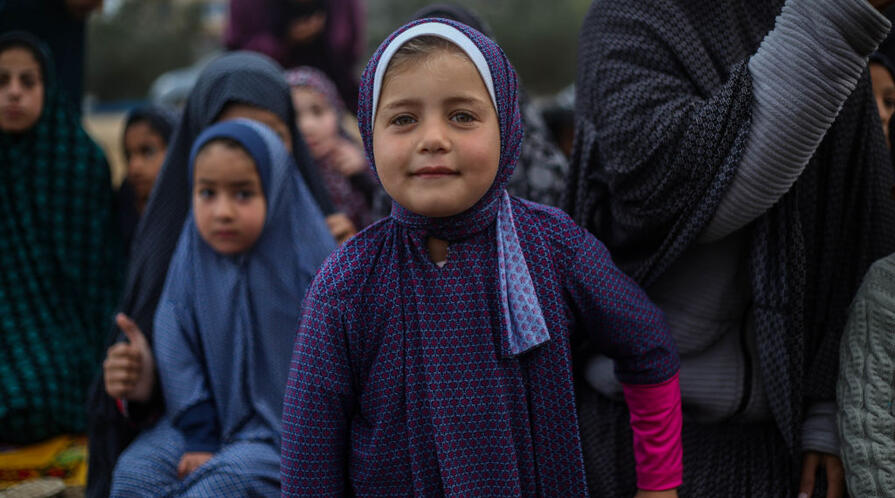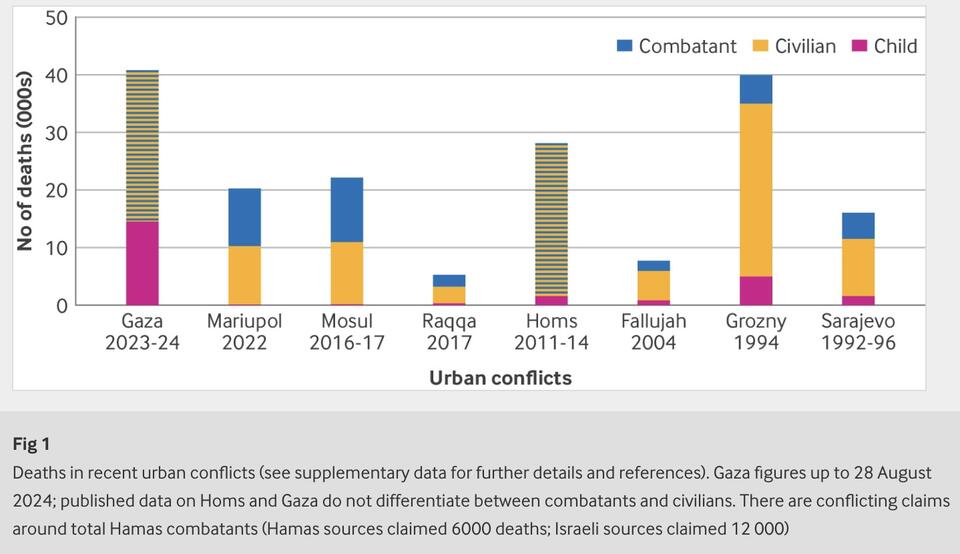Protection for Children in Conflict Settings Must Be Revisited
Protection for Children in Conflict Settings Must Be Revisited
Protecting the lives of children in Gaza and other conflicts requires changes to the rules of engagement and global responses to all conflicts affecting civilian populations, argue SHP’s Paul Wise and colleagues.

In an analysis published in the British Medical Journal (BMJ), Paul Wise and colleagues note that the United Nations has identified six violations of international humanitarian law taking place in the Israeli-Gaza war: the killing and maiming of children; recruitment and use of children by armed forces and armed groups; sexual violence against children; attacks against schools or hospitals; abduction of children; and denial of humanitarian access.
“The rules of war and existing regulations have become increasingly unable to protect civilians from harm in conflicts around the world. The large death toll among children in Gaza continues to provide the most tragically prominent example of this reality,” writes Paul Wise, MD, MPH, the Richard E. Behrman Professor of Child Health and Society and a senior fellow at the Freeman Spogli Institute for International Security.
“More broadly, international institutions and humanitarian norms have remained impotent in preventing mass civilian casualties in various settings, including Ukraine, Sudan, and Tigray,” writes Wise and Zulfiqar Bhutta of the Hospital for Sick Kids in Toronto, Canada. “Much has been said on the genesis of the Gaza conflict and other conflicts, and the tactics being employed by the combatant parties, but here we examine the Gaza conflict’s humanitarian effect on children and its implications for the protection of children in other conflict settings around the world.”

Some key takeaways from the analysis:
The most fundamental step to protect the children of Gaza is to end combat operations that endanger civilians and target locations with children such as schools, shelters, and hospitals
There is an urgent requirement for civilian safety zones and secure routes of passage, rebuilding health and education systems, and distribution of adequate relief supplies under international protection
An integrated and authoritative global system needs to be developed to monitor and report the impact and consequences of war, potentially using new digital strategies and advanced technologies
A pragmatic global summit should consider amendments of existing regulations to ensure protections, evacuation, and safe passage for children in war
